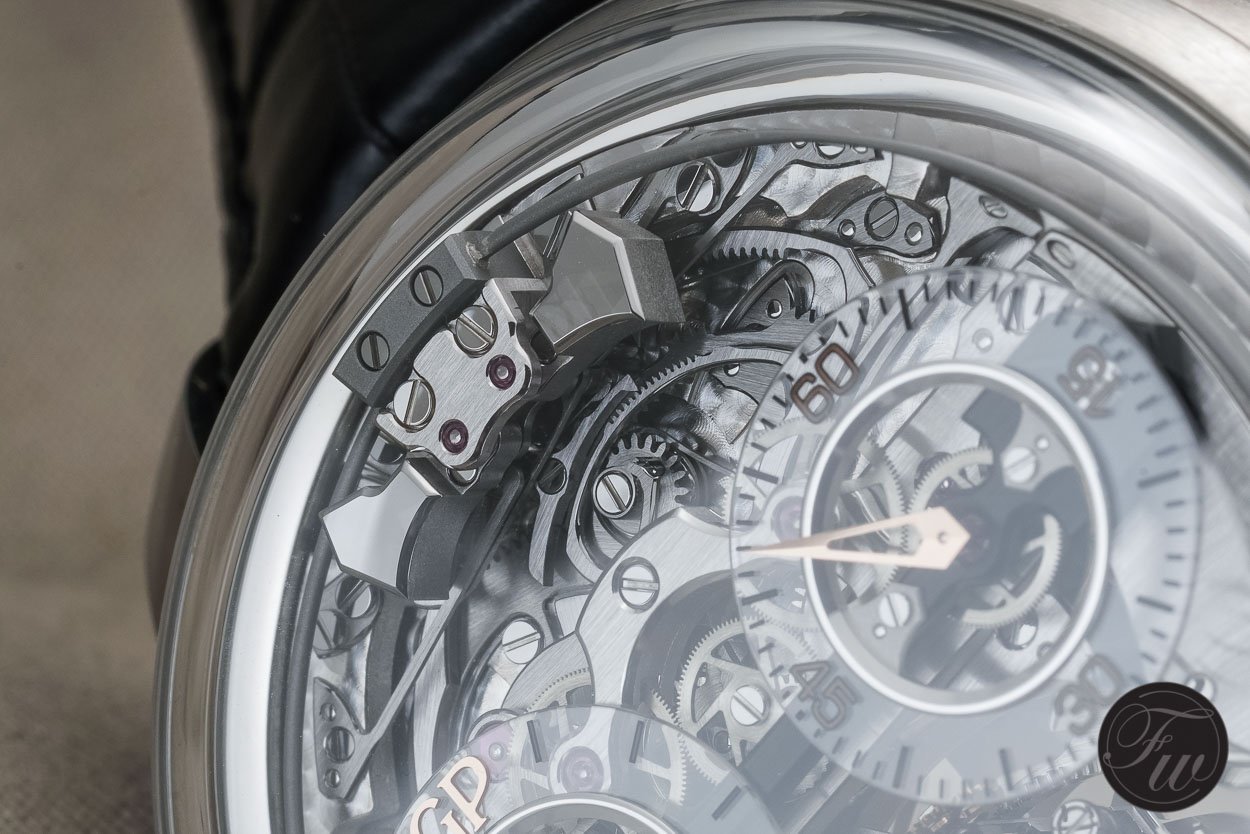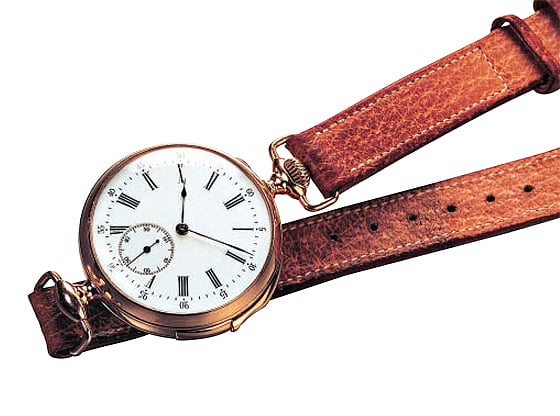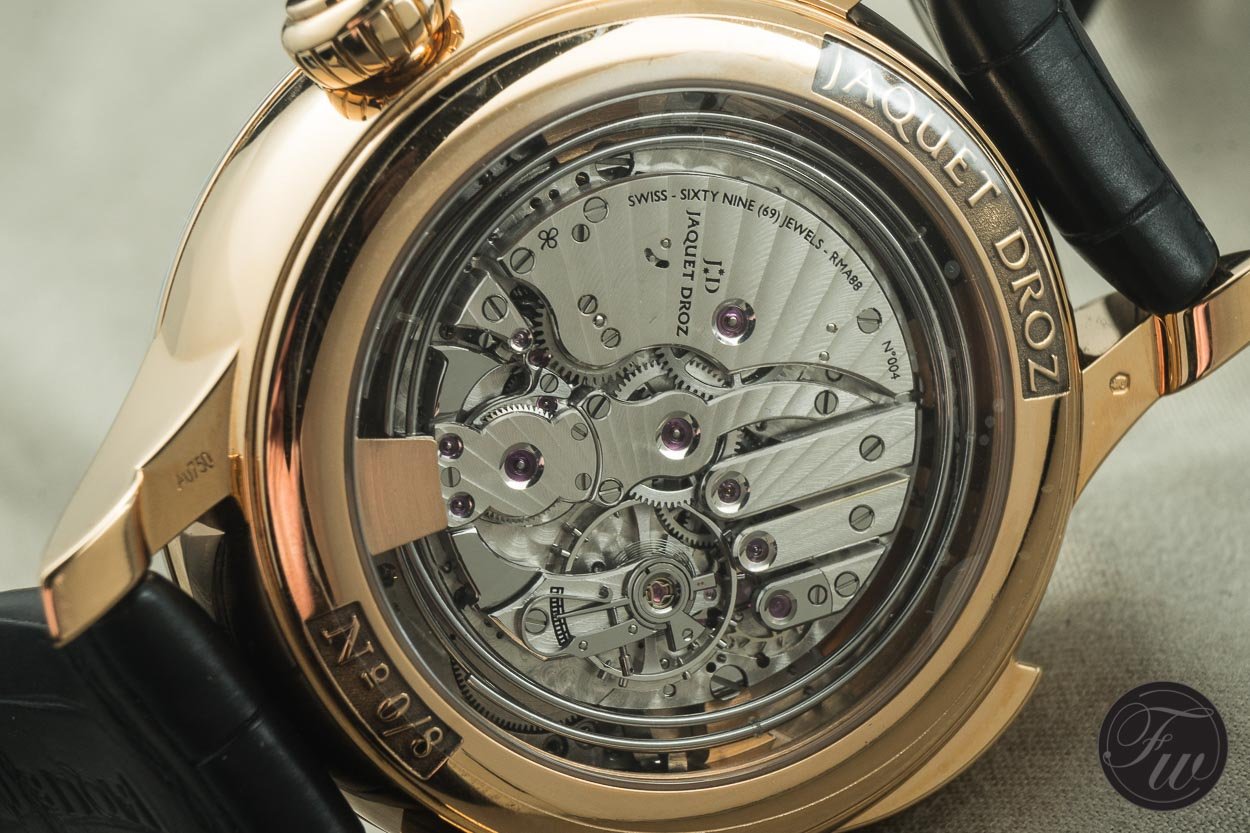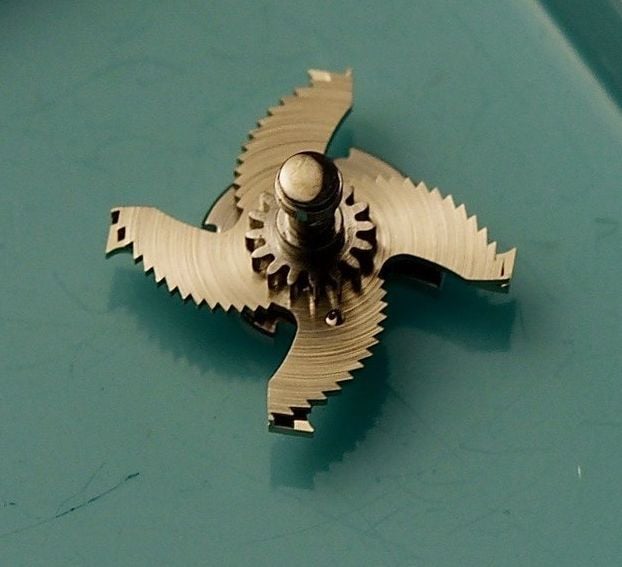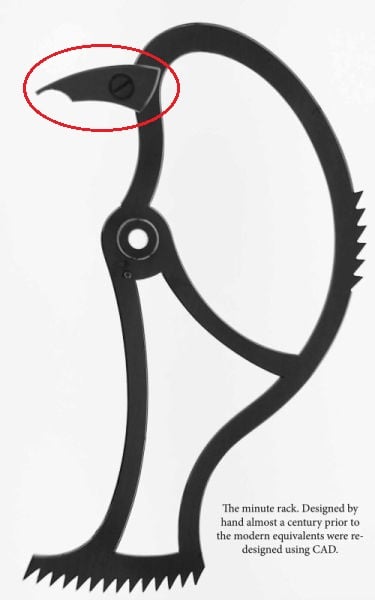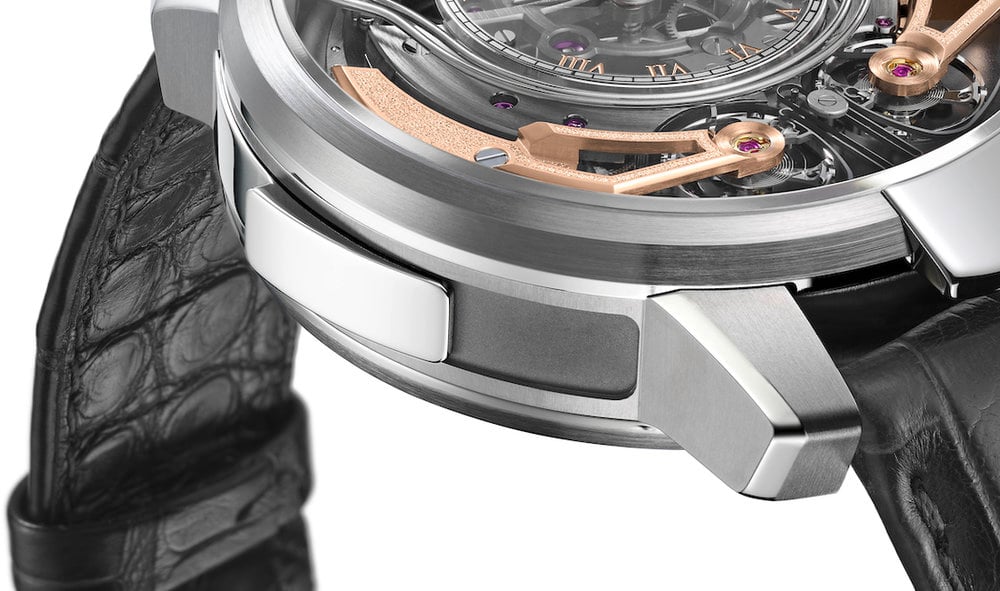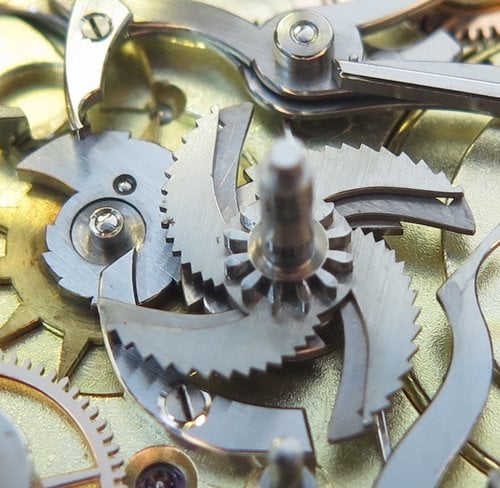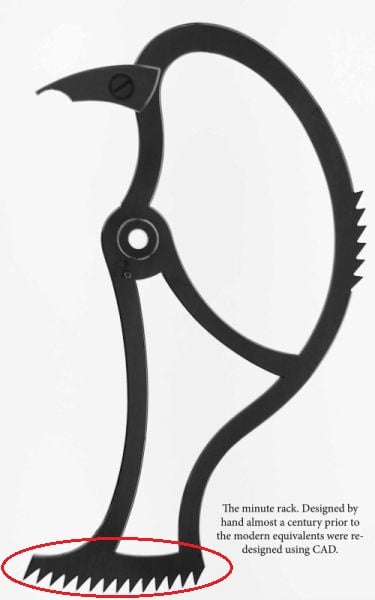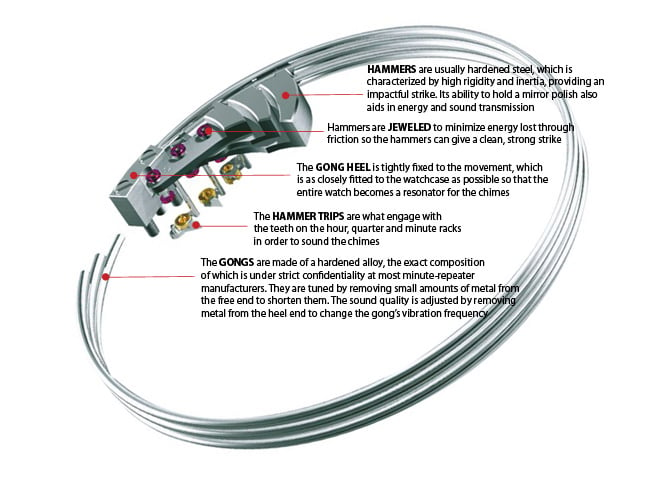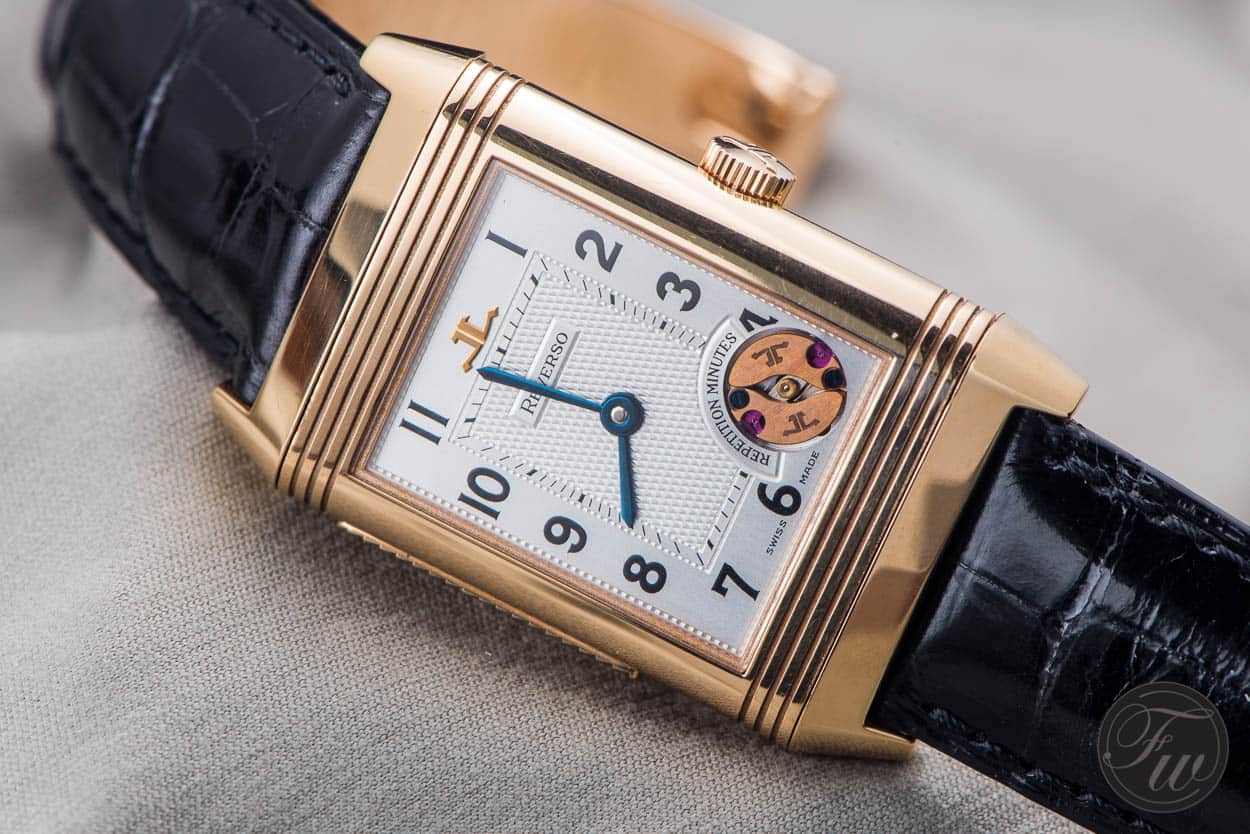How Watches Work: What Is A Minute Repeater?
When it comes to watch complications, the minute repeater has a reputation few others can touch. In terms of cost, it’s certainly no slouch. An “entry-level” minute repeater wristwatch demands as much as a new, entry-level Mercedes-Benz. And when it comes to complexity and delicacy in construction, it’s no joke either. Assembling a minute repeater is enough to send most watchmakers to the nearest dark closet, only to curl up in the fetal position and long for the days of fiddling with ETA 6497s.
Like all watch complications, however, the minute repeater was born as the solution to a problem — how to tell the time in the dark. And my goodness, was it useful. Whether used out of convenience or necessity, the sweet chimes of the minute repeater could help anyone from pampered royalty to those who were visually impaired. Today, we’ll take a look at exactly what a minute repeater is and the basics of how it works. With this, I hope to slightly demystify the complication, while fostering an even greater appreciation for the human ingenuity required to create it. I hope you enjoy it!
What is a minute repeater?
Quite simply, a minute repeater is a watch that chimes the current time to the minute. In most minute repeaters, two little hammers strike circular metal rings, called gongs. These gongs attach to the movement and cuddle up snugly to the case. The case itself amplifies the sound, bringing sweet, horological music to our ears.
A minute repeater chimes the time in three steps. A typical minute repeater first chimes the hours with high tones — “DING“. Then, it chimes the quarter hours with sets of high and low tones — “DING dong.” Finally, it chimes the minutes since the last quarter-hour with low tones — “dong“. All of these tones are timed according to the watchmaker’s standards.
Coolest of all, it does this all on command. This separates the minute repeater from similar chiming complications, the grande and petite sonnerie, which chime hours and quarter hours automatically as they pass. With a minute repeater, to hear the time, the user needs only to slide a lever, and the watch works its magic!
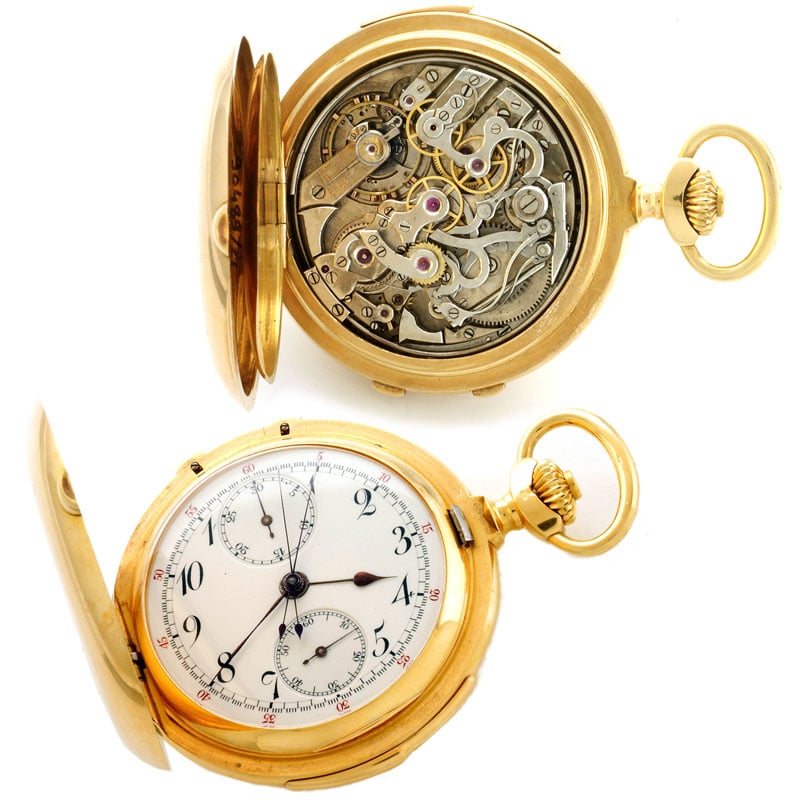
Minute repeater and split-seconds chronograph pocket watch, circa 1895. Image credit: Ashlandwatches.com
A quick historical background
A minute repeater is not the only kind of repeater watch, but it is the most accurate. In 1687, watchmaker Daniel Quare received the first patent for a quarter repeater. Somewhat limited in functionality, Quare’s watch chimed the hours and quarter hours that had already passed. For example, at 7:58, the watch would simply chime 7:45. Though it’s very difficult to find an exact year or inventor, half-quarter repeaters emerged next. These chimed hours, quarters, then another tone if over 7½ minutes had passed since the last quarter. Thus, at 7:58, the watch would chime 7:52½.
In 1710, Samuel Watson introduced the five-minute repeater. This improved version chimed the hours, no quarters, but minutes that had passed in five-minute increments. Thus, if the time was 7:58, it would chime 7:55. We’re getting closer!
Finally, in the next decade or so, the first full-fledged minute repeaters emerged from Germany at the hands of (unfortunately) unknown watchmakers. They chimed hours, then quarters, then minutes passed since the last quarter. All the various repeaters at this time relied on tiny bells inside the movement. In 1787, however, none other than Abraham-Louis Breguet introduced the first minute repeater with the metal gong as we know it today. Watchmakers took Breguet’s design and ran with it. In 1889, Audemars Piguet produced the first minute repeater wristwatch movement for Louis Brandt. The watch debuted in cased form in 1892.
How does a minute repeater work?
To be honest, the minute repeater is one of the most intricate, finicky, and, well, complicated complications in all of horology. To really, fully understand it takes years of hands-on experience and accumulated knowledge. And while I can’t give you a technical breakdown of all of the hundreds of components (nor would you want me to!), I can offer you a basic overview of the most important ones and how they work together. With this, you’ll at least get a basic understanding of how the minute repeater chimes the time on command.
Now, as cool as it would be, the hammers that chime the hours, quarters, and minutes don’t just magically know how many times to strike. That, my friends, would be true watchmaking wizardry! Alas, in the real world, before any striking takes place, some very important components must first sample the time and pass that information off to the hammers. So let’s start by checking those out.
The critical components
The first set of critical components you need to remember are the cams (sometimes called “snails”). There are three of these cams — one for hours, one for quarters, and one for minutes. They are flat pieces of metal with steps of varying depth cut into them. The cams are connected, either directly or indirectly, to the main timekeeping gears. Whether the minute repeater is engaged or not, these cams rotate as time passes.
The hour cam has 12 steps (one for each hour). The quarter cam has four steps (one for each quarter-hour). Finally, the windmill-shaped minute cam, seen above, has four arms, each with 14 steps (one for each minute between the quarter hours) and a final “blank” position at the center. The blank position is for when the individual minutes don’t need to be chimed at all (on the quarter hours).
The next critical components are the racks. There are three of these racks, one for each cam. Here, we see an example of a minute rack. This is basically best buddies with the minute cam. On the upper left side, circled in red, is a “feeler”, called a beak. This beak runs along each step in the minute cam, sampling the minutes.
Sampling the time
As the minute repeater requires a ton of energy to run, it has its very own dedicated mainspring. To begin the process of sampling and chiming the time, the wearer usually pushes an actuating slide on the side of the case. This winds up the repeater’s mainspring. At the same time, a spring-loaded all-or-nothing mechanism prevents the repeater mechanism from starting until the lever has been fully engaged. Once engaged, the mainspring sends its energy through a train of gears. This causes driving levers to pivot the racks from their resting positions. The beaks of the racks then proceed across the steps of the cams, starting with hours, then quarters, then minutes.
Because the cams are connected either directly or indirectly to the timekeeping gears, the racks know which step of the cams to start sampling from. If the rack needs to start reading on the very top step of a cam (for example, at 14 minutes), a so-called surprise piece suddenly pops out from underneath the cam to help align the rack and beak properly. This prevents the timekeeping gears from jamming. It also prevents accidental slippage of the beak, which would result in inaccurate sampling.
Relaying the sample and chiming the time
Now that the racks have sampled the time, they need to pass the information off so that the watch can chime. To explain this, we’ll take a look at the minute rack once more.
On this minute rack, there are two sets of teeth. While the ones on the right connect with the driving levers to move the rack, the teeth on the bottom of the minute rack, which I have circled in red, are the ones responsible for relaying the sampled time. If you count those teeth, you’ll notice that there are 14 of them, just like the 14 steps on each arm of the minute cam. With each step the beak makes across the cam, one of those 14 teeth knocks a little hammer trip connected to a post under the chiming hammer.
In this fantastic image from our friends at Revolution, you can see the tiny hammer trips, on posts connected to the hammers. Imagine how, as a rack rotates, each tooth knocks that little trip. The trip turns the post, pulls back the hammer, and releases it to strike the gong, all in a fraction of a second! Pretty cool stuff, right?
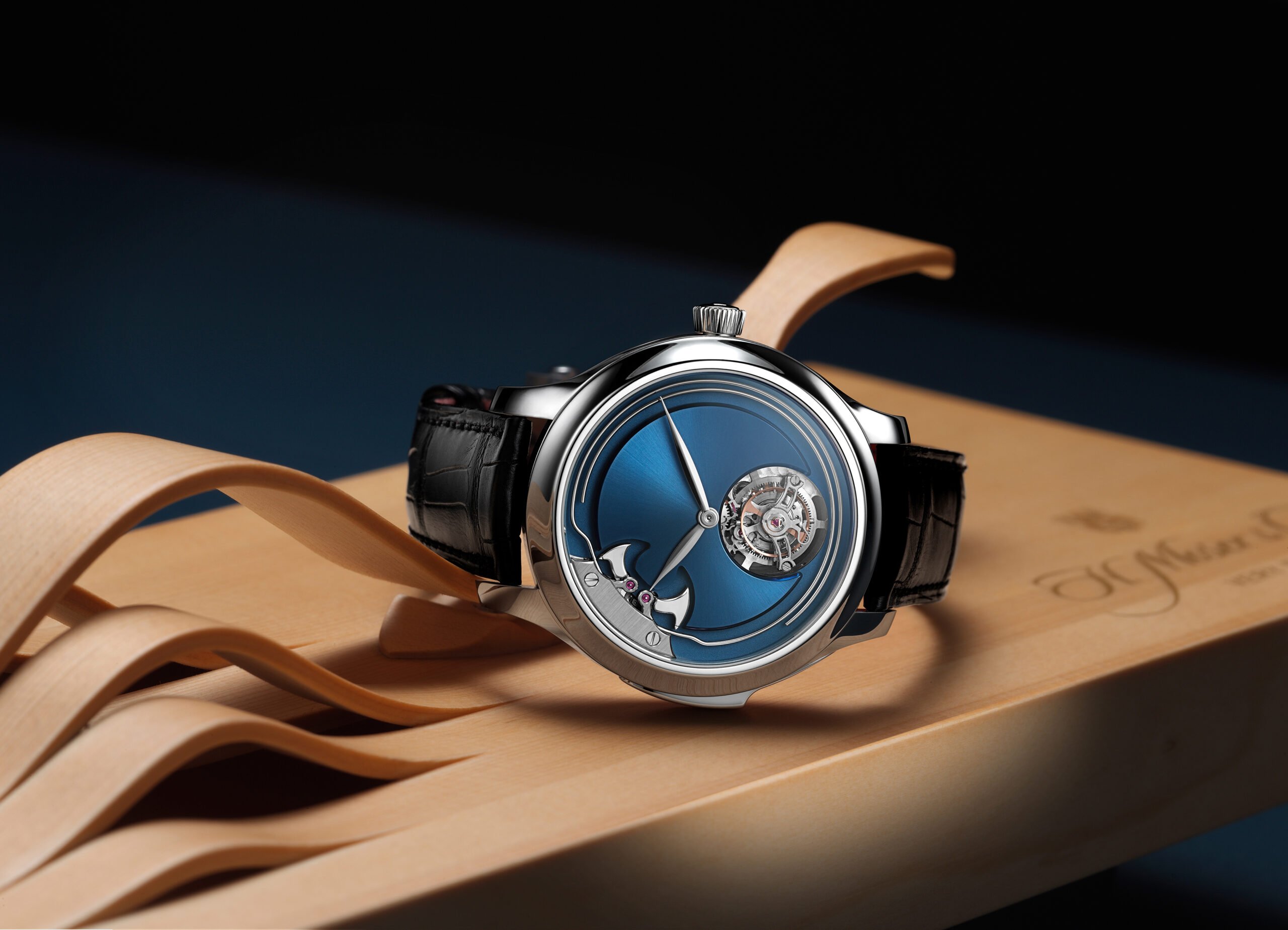
Regulating the chimes
The final step in this equation is regulating the speed of the chimes. After all, this is not an alarm watch. If we don’t somehow slow down the rate at which these processes happen, the hammers will go ballistic, smashing the gongs at hyper speed like a group of caffeinated toddlers let loose inside Big Ben. And that’s the last thing we want! As you hopefully remember, the minute repeater runs on its very own mainspring, with its very own train of gears. And just like the main gears of any mechanical watch, they need an escapement mechanism to control the speed at which they turn. That’s where the governor comes to the rescue.
In the oldest minute repeaters, the governor looked and worked very much like the tick-tocking Swiss lever escapement you’d find in most mechanical watches. These days, a more common (and slightly quieter) solution is the centrifugal governor. You can see it through the aperture on the dial of this JLC Reverso minute repeater. As the gears turn, the governor spins very quickly. The two weighted gold arms pivot on their jewels, extending as they spin. The more they extend, the more resistance they provide. This slows down the mechanism. Vice-versa, if the arms remain closer to the center, they speed it up. Watch journalists and enthusiasts often liken this to a figure skater extending his or her arms. While that comparison may be a bit cliché at this point, I’m honestly at a loss for a better one! If you’d like to see this centrifugal governor in action check out this video.
Did you get all that?
And that, my friends, is the minute repeater mechanism in a very simplified nutshell! Of course, this is just an example of a more “standard” minute repeater. High horology manufacturers are always trying to find new ways to get the best tone, resonance, and musicality out of their minute repeaters. The solutions they come up with, from innovations in design, components, and materials are as varied as they are fascinating. But that, dear Fratelli, is a topic for another day!
Check back here next week, as I explore some of the coolest, most innovative, and, dare I say, best minute repeaters on the market today. If you have any favorites that you think I should take a look at, drop your suggestions in the comments below. I’m looking forward to a really juicy exploration of these fascinating horological gems next time. Thanks for reading!

